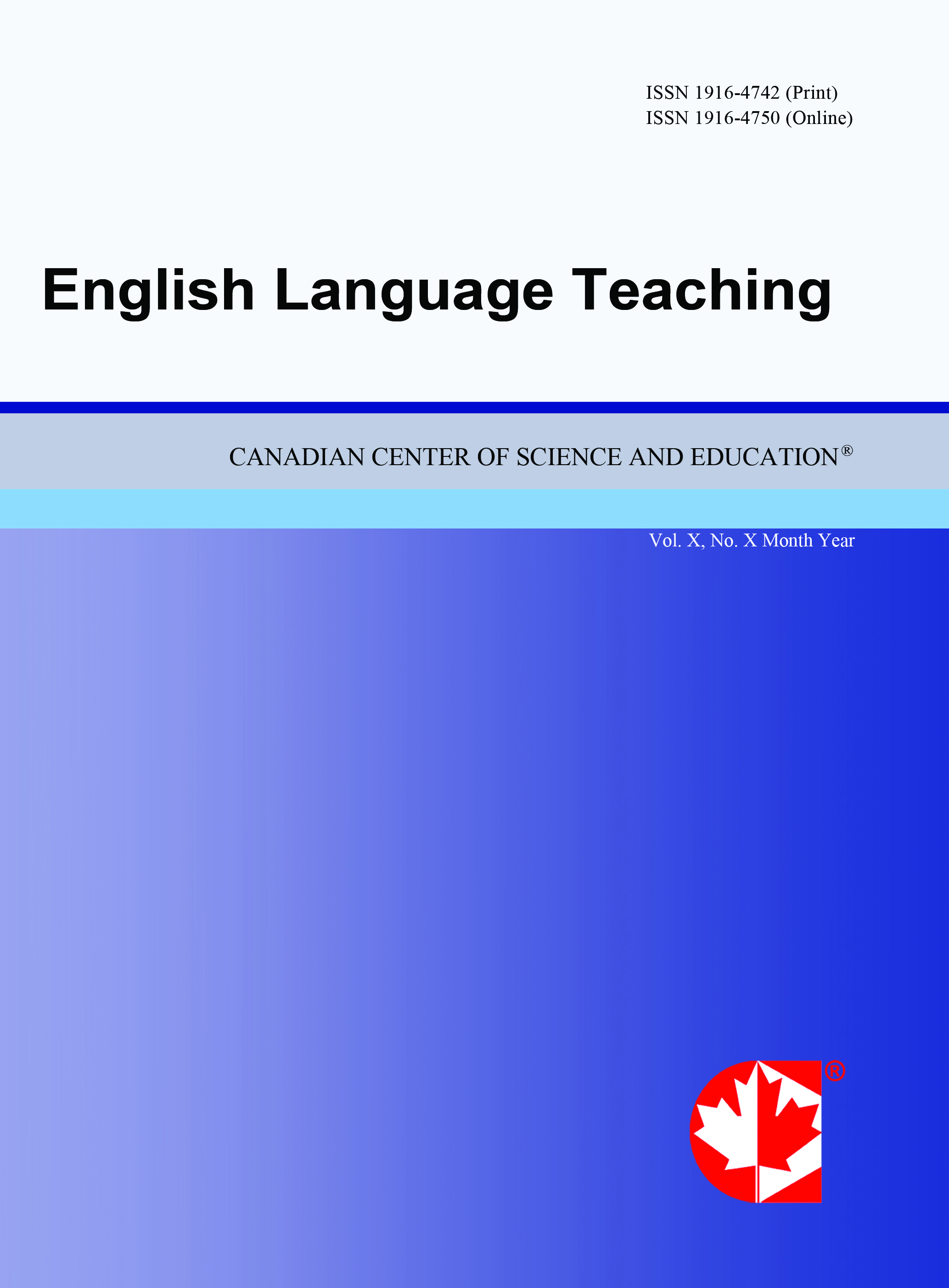Communication Strategies in Second Language Acquisition: A Review of Learner, Cultural, and Technological Influences and Their Implications for L2 Pedagogy and Interdisciplinary Research
- Chengchieh Su
Abstract
This review synthesizes findings from 54 peer-reviewed studies published between 1972 and 2024, examining communication strategies in second language acquisition (SLA) with a focus on learner-related, cultural, and technological influences. Learner factors such as language proficiency, affective states, and personality traits shape strategy selection and effectiveness, while cultural background and first language influence adaptation in intercultural contexts. Novel technologies including artificial intelligence, mobile-assisted language learning, and immersive environments introduce new challenges and opportunities in strategy deployment. Key findings highlight the need for proficiency-sensitive task design, affective support, culturally responsive instruction, and critical digital literacy training. The review identifies underexplored areas such as younger learners, multilingual populations, non-oral communication modalities, and real-time strategy use, calling for interdisciplinary research that integrates linguistics, psychology, sociology, and cognitive science to advance L2 pedagogy in a rapidly evolving digital era.
- Full Text:
 PDF
PDF
- DOI:10.5539/elt.v18n10p47
Journal Metrics
1. Citations (February 2025): 97751
2. h-index (February 2025): 132
3. i10-index (February 2025): 1695
For details about the Journal Metrics, please visit the Google Scholar website.
Index
- Academic Journals Database
- CNKI Scholar
- Educational Research Abstracts
- Elektronische Zeitschriftenbibliothek (EZB)
- EuroPub Database
- Excellence in Research for Australia (ERA)
- GETIT@YALE (Yale University Library)
- Harvard Library E-Journals
- IBZ Online
- INDEX ISLAMICUS
- JournalSeek
- JournalTOCs
- LearnTechLib
- Linguistics Abstracts Online
- LOCKSS
- MIAR
- MLA International Bibliography
- NewJour
- Open J-Gate
- PKP Open Archives Harvester
- Publons
- ResearchGate
- ROAD
- SHERPA/RoMEO
- Standard Periodical Directory
- Technische Informationsbibliothek (TIB)
- The Keepers Registry
- Ulrich's
- Universe Digital Library
Contact
- Gavin YuEditorial Assistant
- elt@ccsenet.org
